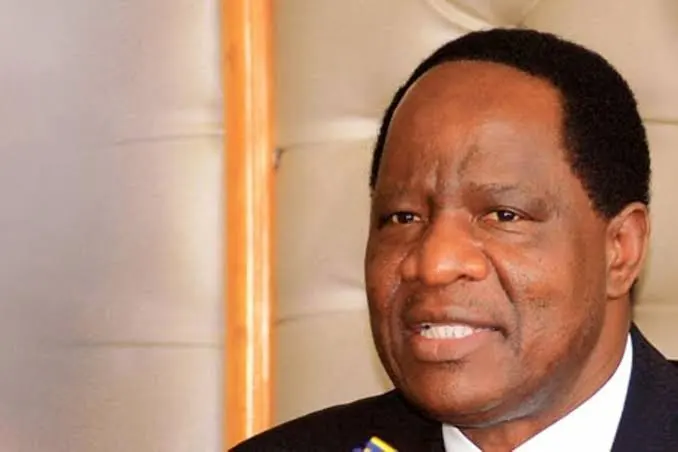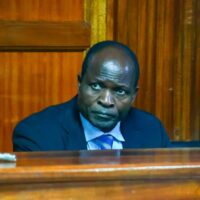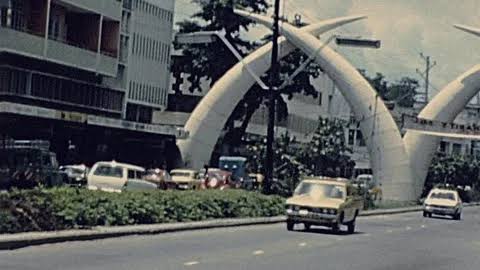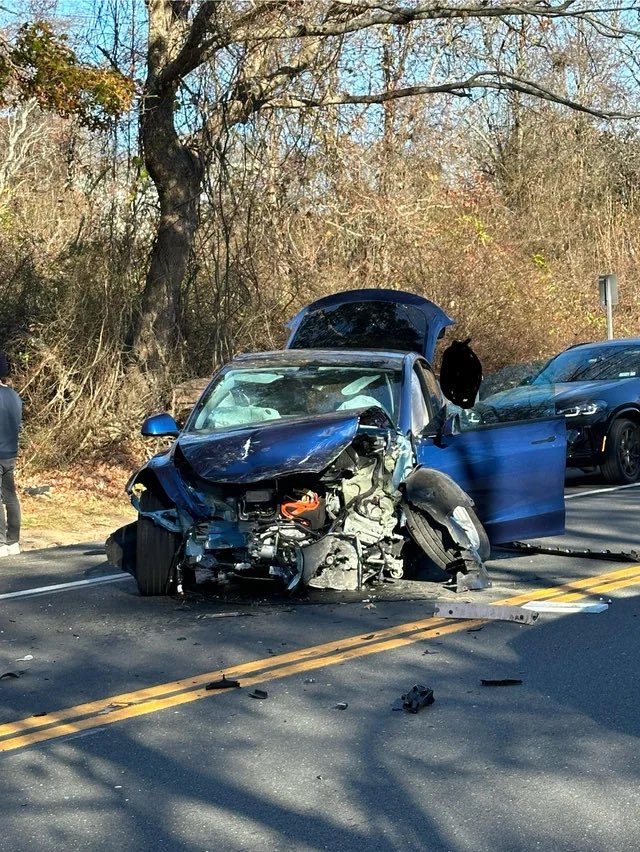Main entrance to Mombasa City in the late 80s /Photo courtesy/
They call themselves WaBara and their accents speak to it. At times, you might mistake them for our Digo brothers from neighboring Tanzania, but make no mistake, they are not.
When Newton Ochieng left his small village of Karapul in Siaya County to seek greener pastures in the coconut city, he made a solemn vow not to embrace the culture of Mombasa.
“Many of my uncles, both on my mother’s and father’s sides, were living in Mombasa, but I barely knew most of them. The few I recognized, I’d only see at funerals back in the village. Seeing them visit when everything was fine would have been a surprise,” Ochieng recalls.
Fast forward three decades and 54-year-old Ochieng has visited his village just twice. His most recent trip was ten years ago, for his brother’s burial.
Now a tired and regretful quinquagenarian, Ochieng rues his decision to settle permanently in Mombasa.
Ochieng’s story is a microcosm of many Mombasa residents who once sought greener pastures but now find themselves aging on the coast.
Many are drawn to the “soft life” that Mombasa offers. The city’s streets are often deserted at dawn and late at night. In comparison, even Kisii town seems busier during these hours.
There’s little culture shock for visitors who choose to settle in Mombasa. Most of them quickly assimilate into the WaBara lifestyle, adopting the accent, modest dress codes and the unhurried pace of life – taratibu is the order of the day. Time seems abundant here; there’s no rush.
Unlike in Nairobi where the fast-paced lifestyle demands constant vigilance and hustle. In the capital, you can’t afford to be idle—you must stay relevant or risk seeking fare back to the village.
This isn’t just a story I’ve heard; it’s one I know well. My late father, John Aowa Obunde, was one of the busiest entrepreneurs of his time. By his early thirties, he owned a thriving workshop in Mombasa and produced shoes in bulk.
He took many youths from our Nyioro village to Mombasa, trained them in shoemaking and later employed them in his workshop. Decades after his passing, a handful of those shoemakers still live in Mombasa.
The beach city, however, seems to have an inexplicable hold on people. Some attribute it to supernatural forces—perhaps the restless spirits of those who perished during the struggle for independence and were cast into the ocean.
“Huku, kuna spirits zitakushika ukose kutoka kabisa—here, there are spirits that will trap you, making it impossible to leave,” says Sandra Wanjiku, a Kongowea resident and habitual drug addict.
Sandra’s story began when she visited her aunt who owned a grocery store in Mombasa. Fresh from completing her CPE exams, she had planned a short visit. Days turned into months, and months into years.
She might have returned to her village in Kerugoya had her aunt been buried there. But her aunt was laid to rest in a cemetery in Mombasa and Sandra has remained in the city ever since. Now in her late forties, the toll of drug addiction makes her look like a 90 year old.
Change, though faint, is starting to take root. Some residents are making their way back home, especially during festive seasons. A handful are even investing in their rural communities. However, these are rare cases—perhaps two out of ten, by rough estimates.
The second city’s allure continues to hold sway over many, anchoring them to its sandy shores and vibrant culture. For those like Ochieng and Sandra, it’s a bittersweet memory of dreams sought, but at the cost of ties to the village.
Kuingia raha, kutoka balaa, they say.















It’s been a wonderful read.
A tell-it-all depiction of Mombasa manenos. Kudos bro!
Thank you Norman